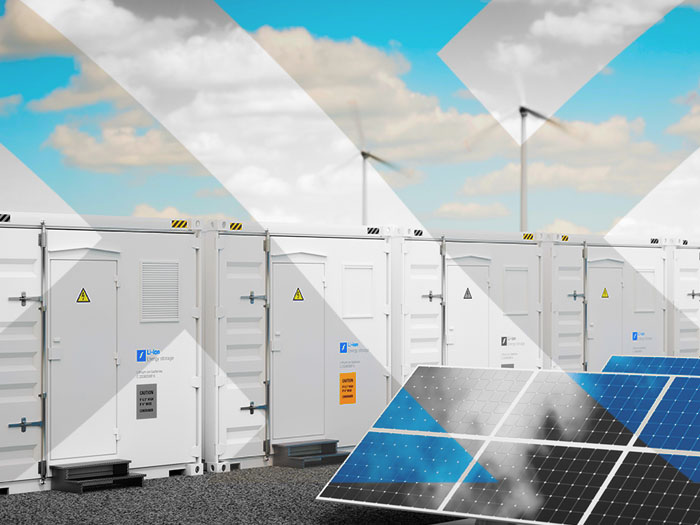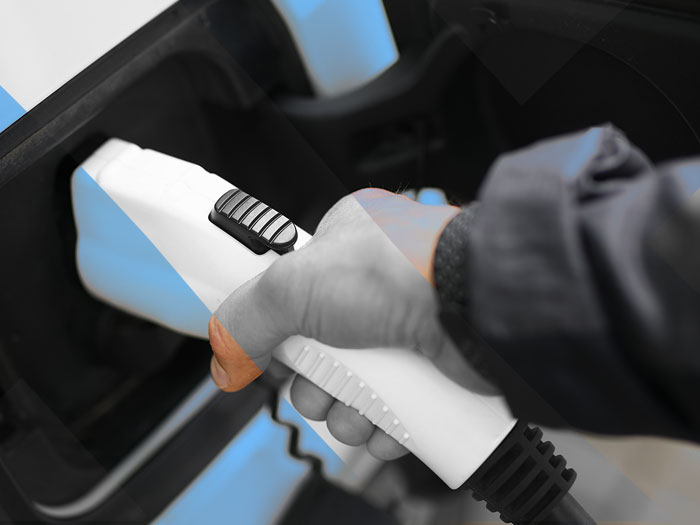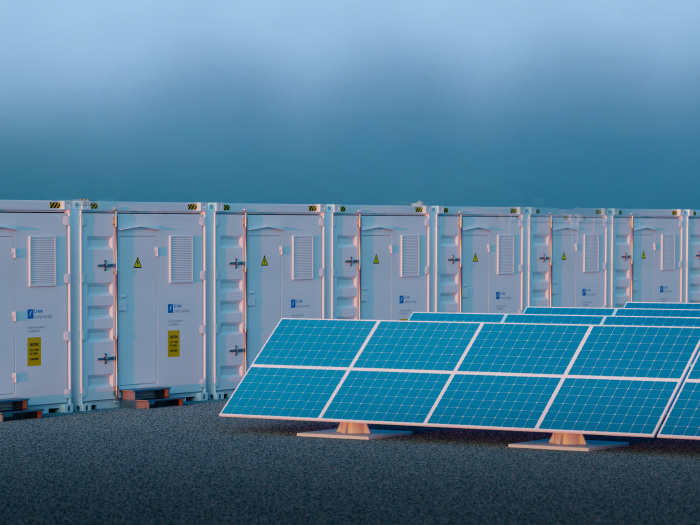News
better business decisions
Posted 3 years ago | 3 minute read

Countering the Risks of Batteries
Energy storage technology has been a hot topic in the energy industry for a good few years now. As the ‘halcyon days’ of high DFR revenues slip away, it’s important for businesses to counter the risks with a sensible and technologically smart approach.
64% of industrial, commercial and public sector businesses surveyed by The Energyst are considering the implementation of behind the meter battery storage as part of their energy management strategy. At the same time, 80% of those organisations point to revenue uncertainty as the main factor in delaying their decision to invest. Regulatory uncertainty does not make the situation any easier, a barrier cited by 50% of surveyed businesses.
Michael Phelan, chief executive at GridBeyond, one of the report’s co-sponsors, thinks those concerns are understandable. He explains all…
Energy storage is a huge market in the making; it is changing and advancing at a previously unseen pace. As with any change, there is a level of uncertainty. However, there is also enormous potential for growth and financial opportunities in both the mid and long term.
While waiting for the more information from National Grid on new services, it might be a challenging time for pure-play battery storage providers. The mid and long-term market predictions look good, but the temporarily decreasing prices of FFR and capacity market might be worrying for those who invested in battery only operations.
It is a different story if we are talking about hybrid solutions, where behind-the-meter batteries constitute a relatively small part of the overall network. From our experience, the most effective and robust models are made up of approximately 20% battery capacity and 80% of existing assets, whether that’s on-site generation or load. This ensures the best mix of energy resilience, maximising flexibility of on-site assets for DSR participation and return on investment.
In this type of network, we use a battery as energy storage as well as a tool to unlock untapped flexibility for DSR participation on-site and within our network of clients. There are many demand assets suitable to creating this kind of network. By adding a battery, the hybrid network becomes more robust, making its overall level of energy flexibility and storage capacity greater than the sum of its parts. For some of our clients, our hybrid technology has increased their flexibility by over 65%. So, with a relatively small investment (when compared to the prices of large batteries alone), we can increase the value of the clients’ assets by bringing both the benefits of optimised storage and increased flexibility.
Ultimately, market forces will take over, and the higher value assets will lead to a higher price in the grid balancing market. The key to succeeding, despite the uncertainty of the quickly evolving market, lays in investing in technologies proven to bring value despite external circumstances.








